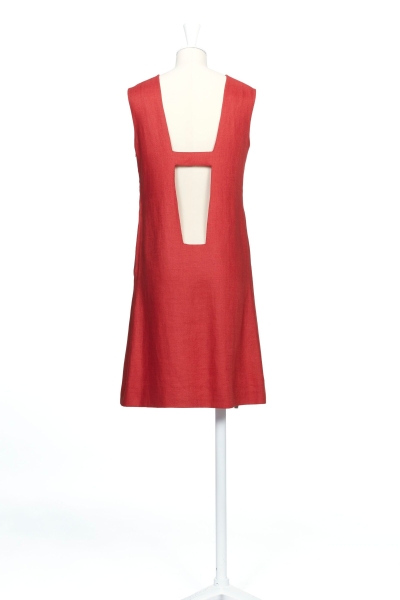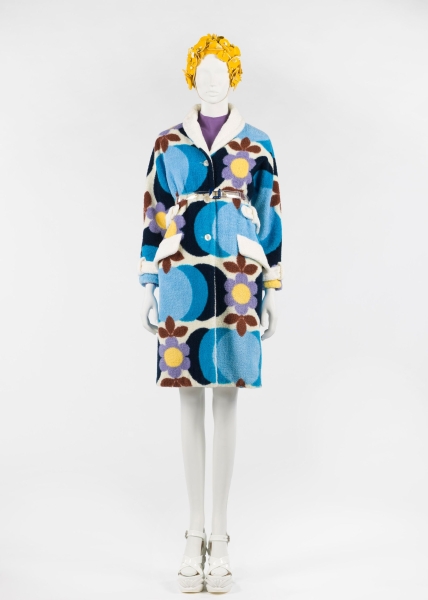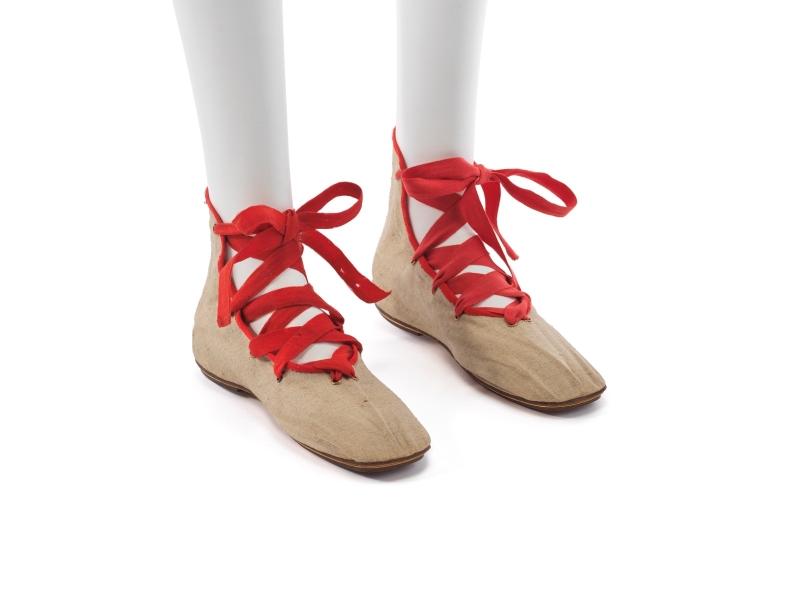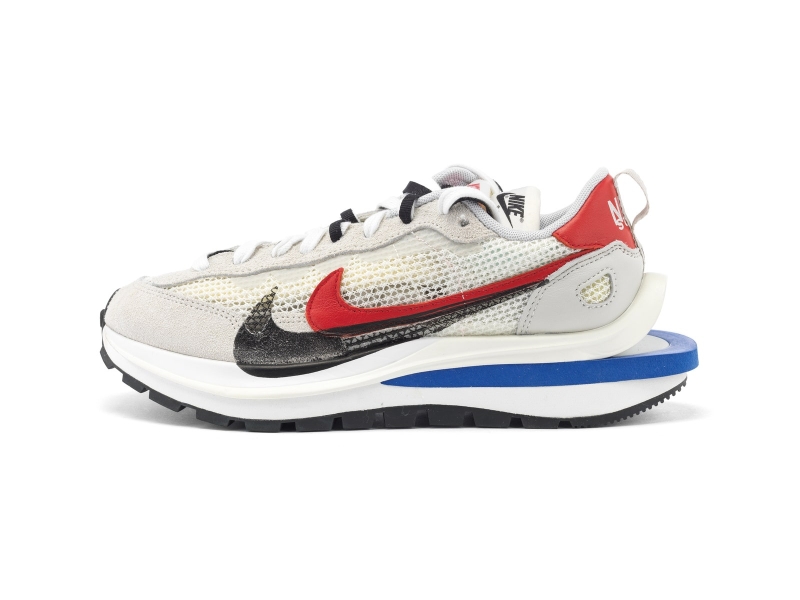

“‘Fashion On The Move #2’ also explores notions of constraint and freedom of movement by comparing pieces from everyday wardrobes with those from the sports wardrobe,” says exhibition curator Marie-Laure Gutton. “In this way, it is possible to grasp the major developments in clothing and accessories dedicated to sporting activities: the masculinization of women’s clothing, the adaptation and specialization of sportswear, the ever-growing presence of sportswear in everyday urban dressing, and so on.”
The exhibition runs the gamut, teasing out complex analysis across its historical trajectory. There is the emergence of simpler, easier 18th-century male suiting, which allowed men more freedom of movement—contrasted with Jean-Jacques Rousseau’s contemporary criticism that women weren’t afforded the same benefit with their clothing. (In fact—side note—a source of constant fascination in this show is the slow evolution of clothing to give women agency to move more freely years—decades and decades, in fact—before the right to vote, the most basic form of self-determination, was granted to them.)

The 19th century saw women wear promenade dresses to undertake outdoor activities, while hats became encouraged—in the name of health and well-being—for aristocratic young ladies to wear when undertaking physical activities. (Also of note here: Obviously, class and privilege are powerful engines driving ideas of early sports clothing—and one could argue that, these days, logo-driven branding is a reminder of economic access.) From there on, the show cycles through garb intended for bicycling, golfing, swimming, et al. The sea and the beach, and what women were allowed, societally, to wear (and, therefore, do), is a particularly strong focus of Gutton’s exhibition: It allowed her, she says, to really examine “the changing relationship between the body, especially the female body, and the standards of beauty of the moment. It bears witness to the sociological changes that have marked three centuries of fashion—particularly those linked to the emancipation of women.”
Technology plays its part too; the show highlights newly developed fabrics that advaned flexibility and durability, concepts that would in turn inspire Coco Chanel—the house of Chanel, incidentally, has underwritten the exhibition. Those new fabrics inform much of 20th century clothing, particularly how it moved closer and closer to our bodies, becoming a kind of second skin, and how in turn the mobility that sportswear offered was something we didn’t want to forego as the century progressed. All of this is variously illustrated by ensembles from the 1910s (Paul Poiret) through the ’30s (Schiaparelli), ’60s (Pierre Cardin), ’80s (Claude Montana), and on to the ’90s (Corinne Cobson). By the time we spin into the 21st century, athleticism—with examples from everyone from Miu Miu to Nike x Sacai—has assumed a dominant role in not only how we dress for sport, but in fashion culture in general.


It’s the trajectory of the ongoing relationship between fashion and sport that Gutton was fascinated by: how sport has been a catalyst for so much of the change in how we’ve dressed, and the back and forth that has gone on between the two. “What I find most striking about studying this subject over three centuries is the fashion cycle,” she says. “While in the 18th century everyday clothing was used for physical exercise and sport, today everyone wears sportswear and accessories, such as sneakers, on a daily basis. It all seems to have come full circle.”
“Fashion On The Move #2” at the Palais Galliera in Paris runs through January 5, 2025.

